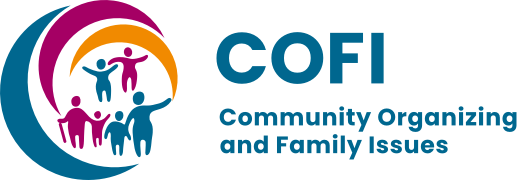Restoring Classroom Justice
Restorative justice in schools has picked up steam in response to “zero tolerance” policies, which lead to “schoolhouse-to-jailhouse tracking”
When the Chicago School Board passed a Student Code of Conduct on June 27 that made “restorative justice” a central approach to school discipline, a coalition of Chicago students, parents and educators celebrated a step forward in a four-year-long organizing campaign.
“Young people were being expelled and arrested for everything from throwing a pencil in class to pushing a teacher,” says Yusufu Mosley, an organizer for the prison-abolition group Critical Resistance. Restorative justice programs focus on using community networks and dialogue to reconcile the offender to the community. “It’s about trying to find resolution rather than being punitive,” says Mosley.
The growing movement for restorative justice in schools is partially a response to “zero tolerance” policies that require students to be suspended or expelled for certain violations. Such policies grew popular after the 1999 Columbine massacre, despite multiple studies that show violence in schools decreased between 1992 and 2004. Zero tolerance, say critics, comes down hardest on black and Latino youth.
“Students in some schools complain that if there’s a fight, the first thing teachers do is call the police,” says Martine Caverl, an organizer at Blocks Together, a Chicago community organization that worked on the campaign. Caverl says it is important to find conflict resolution options that circumvent the criminal justice system. “It’s about a shift from seeing students as criminals to seeing them as people who have to be engaged.”
Parent activists in Chicago call the draconian discipline trend “schoolhouse-to-jailhouse tracking.” A study released in 2005 by the Advancement Project found that in 2003, more than 8,000 students were arrested in Chicago public schools, including four 7-year-olds. Black students constituted 50 percent of the student body, but more than 77 percent of arrests, and the city spent $53 million on armed guards and metal detectors, which are now installed in every school.
A group called Parents Organized to Win, Educate and Renew–Policy Action Council (POWER-PAC) formed in 2003 and began lobbying the city’s board of education to eliminate zero tolerance, reinstitute recess (which most Chicago public schools have cut in recent years), and reduce suspensions and arrests.
Two years later, POWER-PAC created the Austin Peace Center at Brunson Elementary School on the city’s west side. The center allows students faced with suspensions to speak with an adult “peacemaker” or attend an after-school program twice a week where they receive personal attention from parent volunteers and participate in “talking circles” with other youth.
Lynn Morton, mother of a 12-year-old student and co-chair of POWER-PAC, says the Austin Peace Center creates disciplinary alternatives that involve parents and teachers. “We have students who started out in the office in trouble, five days a week,” Morton says. “They went from five days a week to no days a week. When students start to get to know each other, they are less likely to hurt each other.”
POWER-PAC and their allies succeeded in eliminating zero tolerance from Chicago Public Schools in 2006, and this year’s new Student Code of Conduct lists community service, mediation and peer juries as alternatives to suspension and arrest. However, the district has not yet allocated funding for these initiatives, so the burden will remain on nonprofit organizations and parent volunteers.
Restorative justice has a proven track record. A 2001 study by the Minnesota Department of Children, Families and Learning found that restorative justice programs in Minnesota successfully decreased the number of out-of-school suspensions, in some schools by 50 percent. Morton visited Minneapolis in 2005 with a group of parents to observe its program. “I was kind of shocked,” she says. “I walked into this building, I didn’t see any metal detectors and I didn’t see a security guard. The kids, when they had a difference, they asked for a talking circle.”
Nationally, Madison, Wis., Los Angeles and Boston have restorative justice programs in elementary and high schools. And community organizations are pushing for programs in community centers, penal systems and even public housing.
“Restorative justice gives people the means to control their own destinies,” says Mosley. “We are all relatives, and we can respond to each other as relatives, not enemies.”


 COFI
COFI